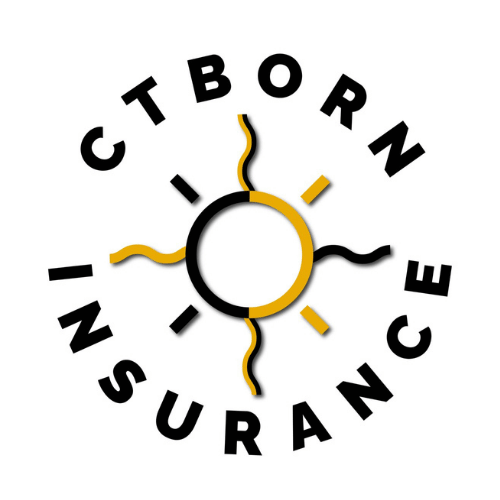MEDICARE PART D IN CONNECTICUT
Learn how Medicare Part D prescription drug plans work and how to avoid late penalties.
What is Medicare Part D Prescription Drug Coverage?
Since Original Medicare and most Supplement (Medigap) plans don’t include drug coverage, Medicare Part D helps cover your prescription costs.
You have two ways to get Medicare drug coverage:
- If you have Original Medicare (with or without a Medigap plan), you can add a standalone Part D plan.
- If you have a Medicare Advantage plan, drug coverage is often built into the plan (check with your provider to confirm).
📞
Need help finding the right plan?
Schedule a call with Andrew
🡪
How You Can Get Prescription Drug Coverage
| Coverage Type | Drug Coverage Options |
|---|---|
| Original Medicare + Medigap | Add a standalone Part D plan |
| Medicare Advantage (Part C) | Most include drug coverage |
Each path works a little differently, so it's worth comparing your options based on cost, coverage, and convenience.
When Can You Enroll in Medicare Part D?
💡Use this guide to avoid missing important deadlines
Initial Enrollment Period (IEP)
When: Around your 65th birthday (starts 3 months before, includes your birthday month, and ends 3 months after — a 7-month window).
Who it's for: Those newly eligible for Medicare.
What you can do: Enroll in a Part D plan or a Medicare Advantage plan with drug coverage.
Annual Enrollment (AEP)
When: October 15 to December 7 every year.
What you can do:
- Enroll in a new Part D plan.
- Switch from one Part D plan to another.
- Drop Part D coverage.
Open Enrollment Period (OEP)
When: January 1 to March 31 each year.
Who it's for: People already enrolled in a Medicare Advantage (Part C) plan.
What you can do:
- Switch to a different Medicare Advantage plan (with or without drug coverage).
- Drop Medicare Advantage and return to Original Medicare (you can also enroll in a Part D plan at that time).
Special Enrollment Periods (SEP)
When: Triggered by specific life events.
Examples:
- Moving out of your plan’s service area
- Losing employer or union coverage
- Becoming eligible for Medicaid
- Moving into or out of a skilled nursing facility
- Involuntarily losing other credible drug coverage
- Changes in your current plan's contact with Medicare.
How Does Medicare Part D Work in Connecticut?
Each Part D plan has its own list of covered medications, called a formulary, organized into tiers based on cost.
Here’s a quick breakdown:
- Tier 1: Preferred generic drugs. Lowest copayment.
- Tier 2: Non-preferred generics or preferred brand-name drugs. Low copayment.
- Tier 3: Non-preferred brand drugs. Moderate copayment.
- Tier 4: Specialty drugs (very high-cost medications). High coinsurance or copayment.
- Tier 5:
Additional specialty or non-formulary drugs. Highest coinsurance or cost.
Each plan may charge different premiums and co-pays depending on its formulary. Plans can change these formularies annually, so it’s important to review your plan each year.
The best way to find the right plan is to speak with a local licensed Medicare agent who can compare options based on the medications you take.
Am I Eligible for Medicare Part D?
Medicare prescription drug plan eligibility
If you have Medicare Part A or B, you’re eligible to enroll in a Part D plan—just make sure to do so during a valid enrollment window.
Avoid the Late Enrollment Penalty
If you don’t enroll in a Part D plan when first eligible and go 63+ days without creditable drug coverage, you may pay a lifetime penalty:
🔷 If you wait 63+ days after becoming eligible for Medicare without creditable drug coverage, you may owe a permanent monthly penalty — 1% of the national base premium for every month you delayed.
Even if you’re not currently taking prescriptions, consider enrolling in a low-cost plan now to avoid penalties later.

